Varicose Vein Treatment: Ambulatory Phlebectomy
Bulging varicose veins are the most obvious and unsightly sign of vein disease. These large, distended veins appear right under the skin surface. When veins deeper in the leg become diseased and blood fails to return to the heart normally, these small veins near the surface begin to fill and stretch. This causes the veins to become large, twisted and gnarly. Not only do they affect the appearance of legs, but they can cause leg pain and achiness as well! So how do we get rid of these annoying veins?
 se veins is a thorough examination and diagnosis. An ultrasound is performed to evaluate the veins in your leg. The bulging veins you see on the surface are caused by deeper sources of reflux. Reflux is the backward movement of blood, pooling in the legs instead of returning to the heart. Once all sources of vein disease are determined a diagnosis and treatment plan is made. Removing bulging veins is often the last step in the treatment plan. Think of it as a river and tributaries. You can’t shut down the tributaries without first stopping the flow in the river. This means ablations of large veins need to be performed before removing the smaller bulging veins on the surface.
se veins is a thorough examination and diagnosis. An ultrasound is performed to evaluate the veins in your leg. The bulging veins you see on the surface are caused by deeper sources of reflux. Reflux is the backward movement of blood, pooling in the legs instead of returning to the heart. Once all sources of vein disease are determined a diagnosis and treatment plan is made. Removing bulging veins is often the last step in the treatment plan. Think of it as a river and tributaries. You can’t shut down the tributaries without first stopping the flow in the river. This means ablations of large veins need to be performed before removing the smaller bulging veins on the surface.
Examination and Diagnosis
The first step to treating bulging varico se veins is a thorough examination and diagnosis. An ultrasound is performed to evaluate the veins in your leg. The bulging veins you see on the surface are caused by deeper sources of reflux. Reflux is the backward movement of blood, pooling in the legs instead of returning to the heart. Once all sources of vein disease are determined a diagnosis and treatment plan is made. Removing bulging veins is often the last step in the treatment plan. Think of it as a river and tributaries. You can’t shut down the tributaries without first stopping the flow in the river. This means ablations of large veins need to be performed before removing the smaller bulging veins on the surface.
se veins is a thorough examination and diagnosis. An ultrasound is performed to evaluate the veins in your leg. The bulging veins you see on the surface are caused by deeper sources of reflux. Reflux is the backward movement of blood, pooling in the legs instead of returning to the heart. Once all sources of vein disease are determined a diagnosis and treatment plan is made. Removing bulging veins is often the last step in the treatment plan. Think of it as a river and tributaries. You can’t shut down the tributaries without first stopping the flow in the river. This means ablations of large veins need to be performed before removing the smaller bulging veins on the surface.


